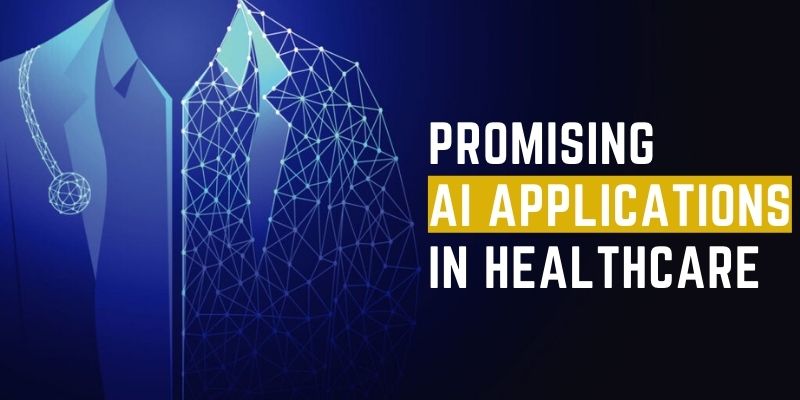
AI-assisted image analysis in radiology
Recent advancements regarding computer vision technologies are expected to revolutionize medical imaging, which applies to a variety of health-related functions. Artificial Intelligence Course in Chennai offers adequate knowledge in AI.
In radiology, doctors look at the images from e.g., Computed Tomography (CT) scans, Magnetic Resonance Imaging (MRI), and ultrasounds. PET scans and mammography.
Doctors conducted the very first CT scan of the human brain in the year 1971. Harvard Medical School reports that there are more than 80 million CT scans are conducted every year. That’s a lot of images to look at by hand and requires huge amounts of hospital resources to identify illnesses, and even more importantly, to detect them in real-time.
AI-assisted imaging technology expands the capacity to analyze these images by recognizing patterns. It is one of the important ai applications in healthcare. It can assist doctors by highlighting certain aspects, identifying the early warning signs of the disease, before deciding on cases, and reducing the quantity of work needed for accurate diagnosis.
The process of training machine learning models using a vast amount of data from imaging improves their ability to spot microscopically-sized anomalies and irregularities that suggest the presence of diseases.
CureMetrix utilizes advanced machine learning as well as natural language processing (NLU) as well as computer vision technology to aid radiologists in the analysis of mammograms for screening for cancer.
Fetch with Artificial Intelligence Online Course to know the functions of AI- integrated medical equipment.
The company uses sophisticated neural networks as well as a variety of sources of training data, such as doctor’s reports, as well as a vast mammogram database that resulted in the screening of cancerous breasts six years earlier than doctors. It also led to an increase of 70% in false positives as compared to other methods currently available on markets.
CureMetrix has shown an extremely high level of efficacy for mammograms that the FDA developed a new algorithm to use their cmTriage platform to detect breast cancer, thereby encouraging other organizations to use it as an alternative.
The popularity of their method has attracted the attention of several of the most well-known hospitals around the world, such as MD Anderson, the Mayo Clinic as well as Dasa in Brazil.
Analytics predictive for optimizing hospital resource utilization
A study conducted by the Health Information and Management Systems Society shows 44 percent of the hospitals that were surveyed are contemplating implementing AI in their workflows. More than 80% of respondents believe the traditional ERP systems would be eliminated through AI or machine learning.
For instance, AI-enabled predictive analytics can help hospitals predict the time when an outbreak of influenza could be affecting a particular area. Administrators then can plan the amount of ICU beds and flu shots, as well as ventilators, and the staff members needed to be able to respond efficiently.
Artificial intelligence systems can aid human experts by automatically assessing the severity of an imminent outbreak through the analysis of health data at the population level and automating the hospital’s preparations on an administration side.
Improves the abilities of pathologists to detect samples of tissue
Pathologists work all day studying microscopes and analyzing hundreds of slides of tissues samples. tiny differences between groups of slides are often the key to unlocking the precise diagnosis.
The chart of pathology interpreters the course of the treatment of dermatology, surgery Hematology/Oncology
obstetrics/gynecology, nephrology, and urology, among others. AI-based systems that increase the accuracy or efficiency of pathology could be able to create ripple effects, which will spread beyond the patient’s individual to the whole hospital system. Making sure that the pathology is correct affects the whole medical system.”
A research project at Memorial Sloan-Kettering analyzed a massive collection of pathology images to create algorithms that find areas of interest within tissues. These algorithms will assist categorize samples to enable pathologists to quickly and quickly identify important changes that could be used to determine an accurate diagnosis of the tissue.
Pathology is a highly-specialized field that is confined to a handful of professionals who are trained. Efficiency improvements will bring vast benefits, particularly when all other fields depend on precise results. We believe that machine algorithmic algorithms to process images are likely to become crucial decision support systems for pathologists.
Conclusion:
In this blog, we discussed the use of AI in medical field and its functions. if you want to acquire more information in AI applications and their working methods, step into FITA Academy for the best Artificial Intelligence Course In Marathahalli.